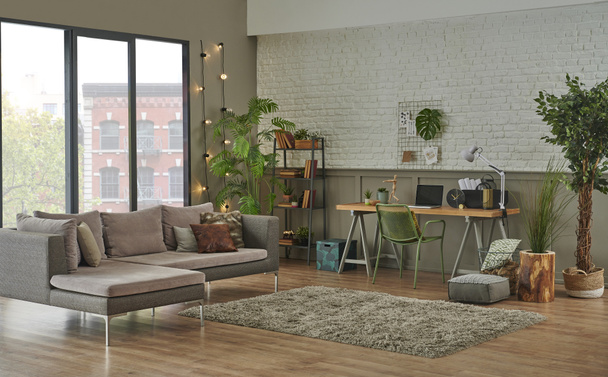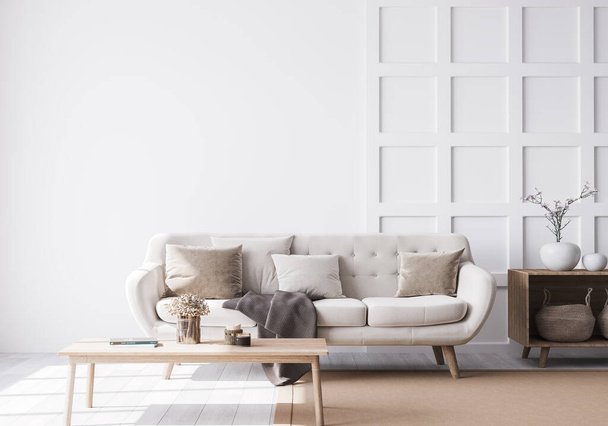Staging furniture is more than just arranging items in a room; it’s an art form that can transform a space and evoke a particular mood or atmosphere. In this blog post, we’ll delve into the meaning of staging furniture, what happens during the staging process, the purpose it serves, and the significance of staging items.

What Does Staging Furniture Mean?
Staging furniture refers to the practice of strategically arranging furniture and decor items in space to highlight its best features, create a cohesive design, and make it more appealing to potential buyers or renters. Whether it’s a home on the real estate market or a vacation rental property, staging furniture plays a pivotal role in presenting a space at its finest.
What Happens with Staging Furniture?
During the staging process, a professional stager or homeowner carefully selects and arranges furniture, artwork, lighting, and accessories in a way that maximizes the visual appeal and functionality of a room. Here’s what typically happens when staging furniture:
- Assessment: The stager evaluates the space, noting its size, layout, architectural features, and the target audience (buyers, renters, etc.).
- Selection: Suitable furniture and decor items are chosen to match the style and purpose of the space. Often, rental furniture is used for staging.
- Arrangement: Furniture is strategically placed to create an inviting flow and focal points within the room. This may involve arranging seating areas, defining dining spaces, and enhancing the room’s functionality.
- Accessories: Decorative items like artwork, rugs, pillows, and lighting fixtures are carefully placed to add depth and character to the space.
- Personal Touch: The stager may incorporate personalized touches that help potential buyers or renters envision themselves living in the space. This might include setting a dining table or adding a cozy reading nook.
- Final Touches: The finishing touches are added to ensure everything looks impeccable, including checking for proper alignment, cleanliness, and symmetry.
What Is the Purpose of Staging?
Staging serves several essential purposes in various contexts:
1. Highlighting Potential:
- In real estate, staging helps potential buyers envision the full potential of a property. It allows them to see how their lifestyle and belongings could fit seamlessly into the space.
2. Maximizing Space:
- Staging can make a room appear more spacious and functional, even if it’s smaller in reality. Clever furniture placement and design tricks can create a sense of openness.
3. Aesthetic Appeal:
- Staging enhances the visual appeal of a space, making it more attractive to potential buyers or renters. A well-staged room can create a lasting impression.
4. Emotional Connection:
- Staging is about evoking emotions and helping viewers connect with the space on a personal level. It can make a house feel like a home.
5. Faster Sales/Rentals:
- Staged properties tend to sell or rent faster than empty or poorly presented ones. The investment in staging can yield a higher return on investment.
What Is the Meaning of Staging Items?
Staging items refer to the individual pieces of furniture, decor, and accessories used in the staging process. Each item is carefully selected to contribute to the overall design and ambiance of the space. The meaning of staging items lies in their ability to transform an ordinary space into an extraordinary one, capturing the attention and imagination of potential occupants.

In conclusion, staging furniture is a powerful tool for creating inviting, functional, and aesthetically pleasing spaces that resonate with potential buyers or renters. It’s not just about arranging furniture; it’s about telling a compelling visual story that helps people envision themselves living in and loving the space. Whether you’re preparing to sell a home or showcase a rental property, the art of staging furniture can make all the difference in creating a memorable and marketable space.
Learn more at Wiki as well.